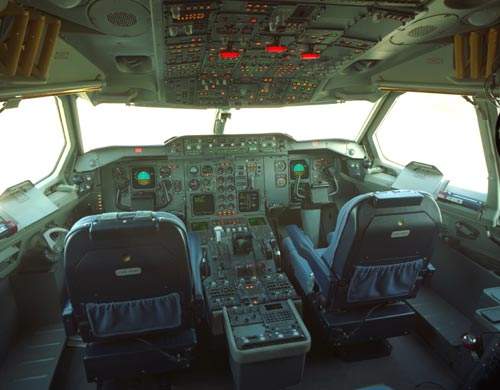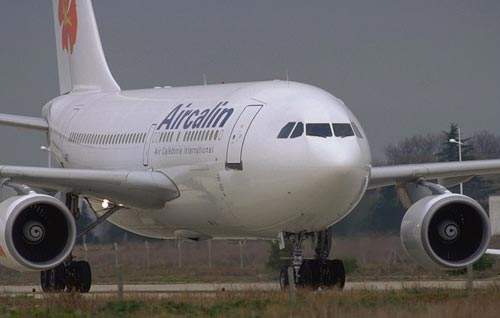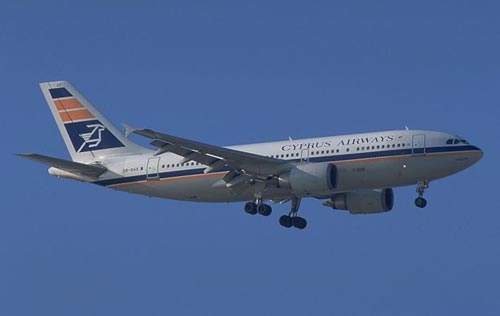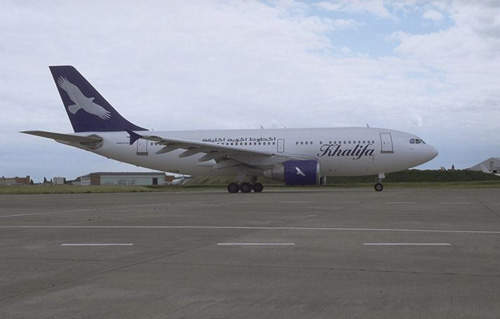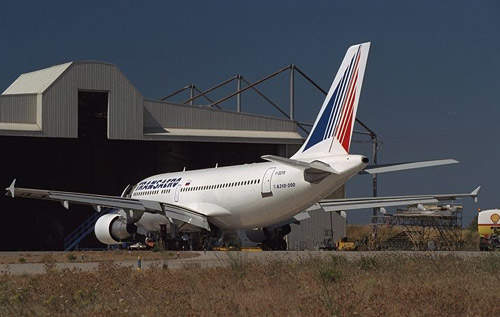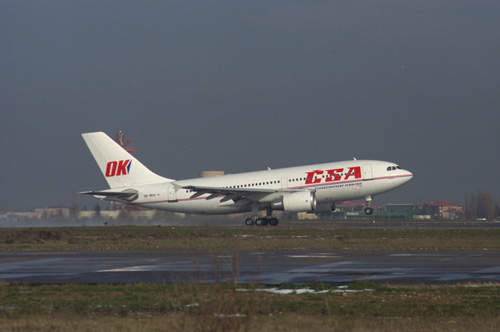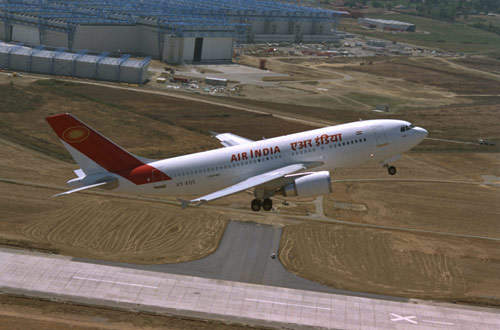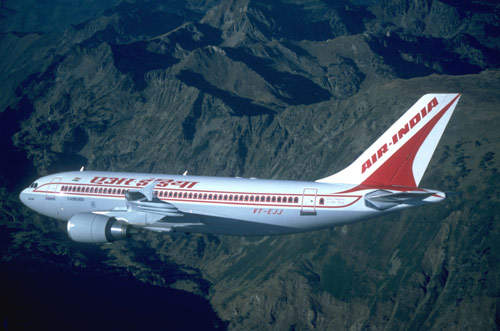255 Airbus A310-300 twin-engine wide-bodied airliners have been built since 1983. The A310 is in service worldwide with airlines including Air India, Aeroflot, Air Calin, Cyprus Airways. Czech Airlines, Kuwait Airways, Air Afrique, Pakistan International Airlines and SATA. The aircraft is also in service with the Air Forces of Belgium, Germany and France and with the Defence Force of Canada.
Versions include the basic A310-200, the longer range A310-300 (introduced in 1985), a cargo version (over 100 have been converted) and the MRTT multi-role tanker transport, a military tanker version which has been ordered by the German Air Force (first delivery was in December 2003) and the Canadian Air Force (first delivery in October 2004).
Production of the A310 aircraft ceased in July 2007. 255 aircraft have been delivered. Five aircraft for Iraqi Airways remain on the Airbus order book but were never built.
Airbus Industrie is a consortium formed by EADS and BAE Systems. EADS, the European Aeronautic Defence and Space Company, was formed by a merger of Aerospatiale-Matra of France, Daimler-Chrysler Aerospace of Germany and CASA of Spain (former members of Airbus). In October 2006, BAE Systems completed the sale of its shareholding to EADS, which is now the sole owner of Airbus.
The aircraft has a shorter fuselage than the A300 aircraft but the same 5.64m fuselage diameter. The A310 is a 200 seater aircraft with low operating costs. The large fuselage diameter allows the aircraft to carry industry-standard LD3 cargo containers side by side underfloor.
FLIGHT DECK
The aircraft has an advanced digital flight deck built by EADS France (formerly Aerospatiale Matra) and accommodating the pilot and co-pilot. The flight deck displays include an aircraft monitoring system, flight guidance, navigation and engine, management and monitoring.
The flight deck also houses the Electronic Flight Instrument System (EFIS) and a flight data recorder. The aircraft’s digital automatic flight control system contains a flight control computer, a thrust control computer and a duplicated augmentation computer. The flight control computer provides autopilot, flight director and speed reference functions.
FUSELAGE
The aircraft is of mainly high-strength aluminium alloy construction with some sections of carbon fibre- or glass fibre-reinforced plastic composites.
The wide-bodied cabin is very quiet and can accommodate six to nine abreast seating in a double-aisle layout. There are four passenger doors at the port and starboard side to the front and rear of the cabin. A typical two-class seating arrangement accommodates 220 passengers.
The cabin and flight deck are air conditioned using power from a ground unit, from engine compressed air or from the aircraft’s auxiliary power unit.
SAFETY
The aircraft’s safety features include system redundancy. The aircraft operates three fully independent hydraulic systems operating simultaneously with fully independent circuits and with fire-resistant hydraulic fluid. If any circuit were to fail then full flight control of the aircraft is retained.
The Honeywell 331-250 auxiliary power unit can be started and operated throughout the flight of the aircraft. Two electrical generators are engine driven and a third generator is driven by the auxiliary power unit. Each of the three generators has sufficient power capacity to operate all the aircraft’s systems and equipment for sustained safe flight.
ENGINES
The aircraft is fitted with either two Pratt & Whitney PW4152 or General Electric CF6-80C2A2 engines. The engine pylons built by EADS France are compatible with all the engine options offered.
The A310-300 is the extended-range version of the A310 aircraft and has extra fuel capacity in the tailplane trim tank. The total fuel capacity is 61,070l. There are two refuelling points, one on the outer section undersurface of each wing.
The typical long-range cruise speed is Mach 0.80 and the range with the maximum number of passengers is 8,050km. New advanced technology wings with reduced span and area were developed for the A310 and the delta shaped vertical wingtip fences reduce aerodynamic drag and increase the aircraft’s fuel efficiency.
LANDING GEAR
The aircraft is fitted with hydraulically operated tricycle-type landing gear. With double wheels and Messier Bugatti anti-skid carbon brakes.

